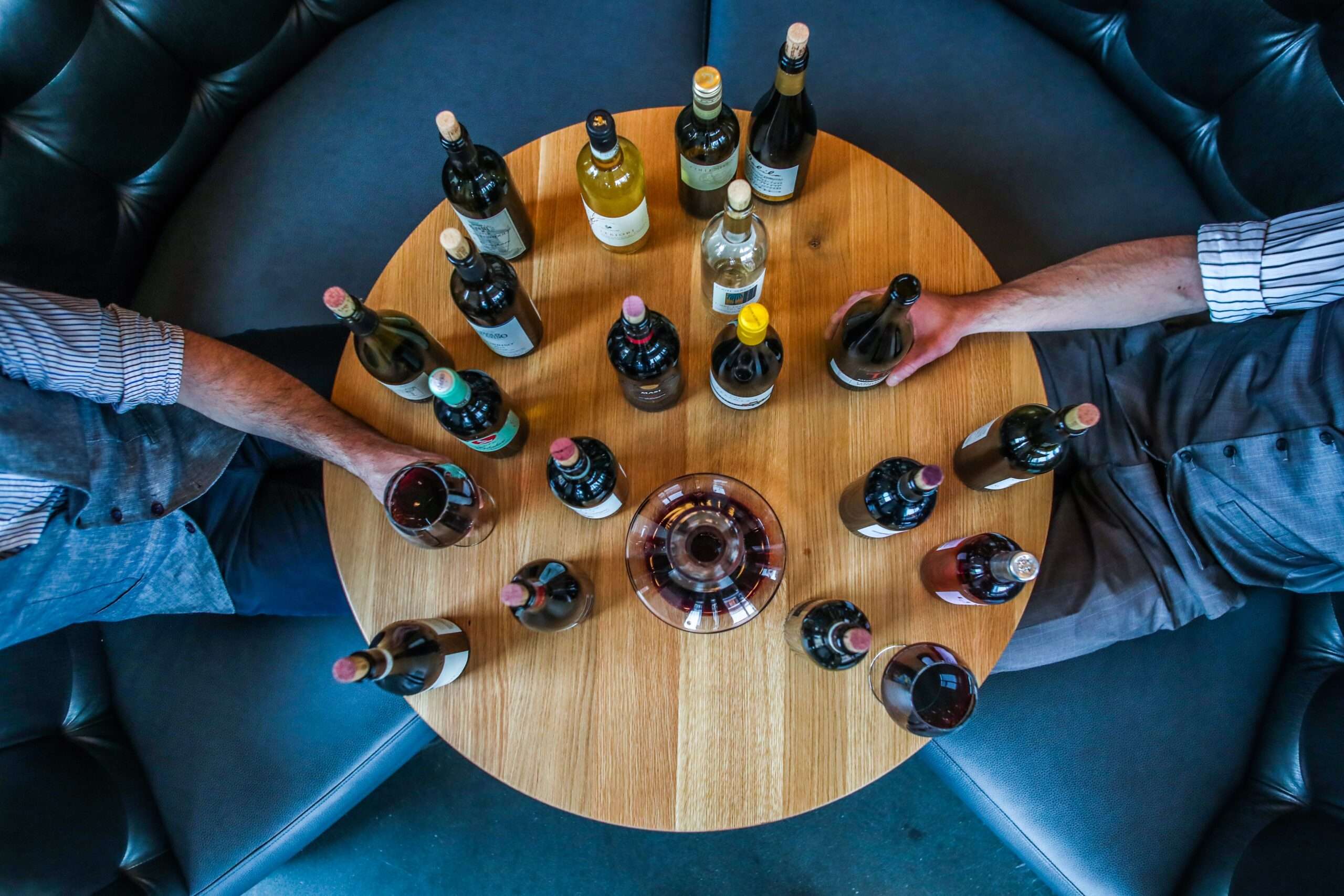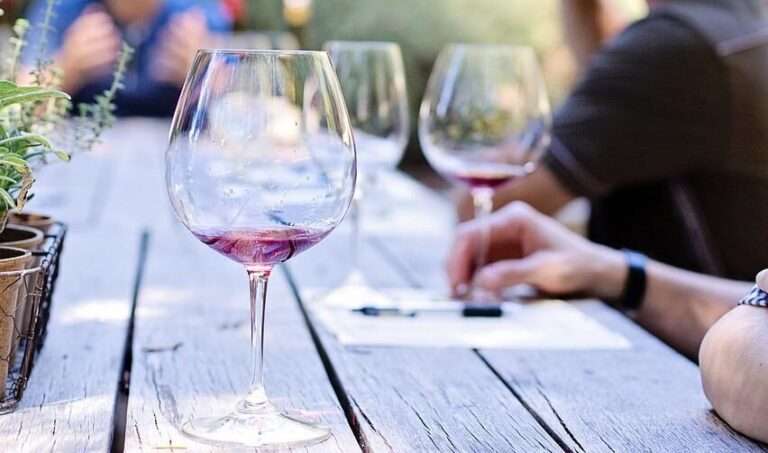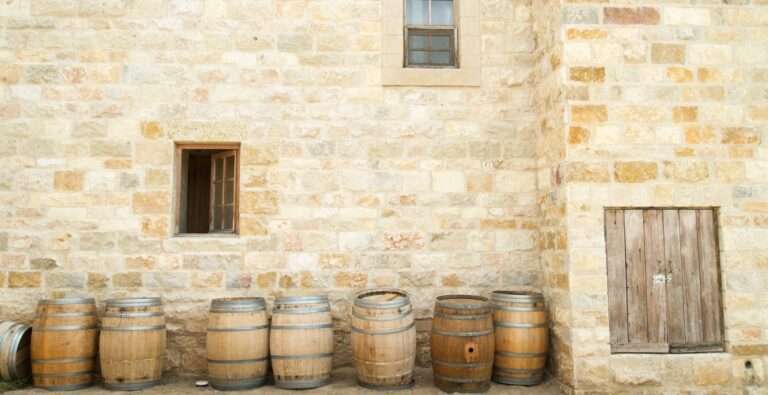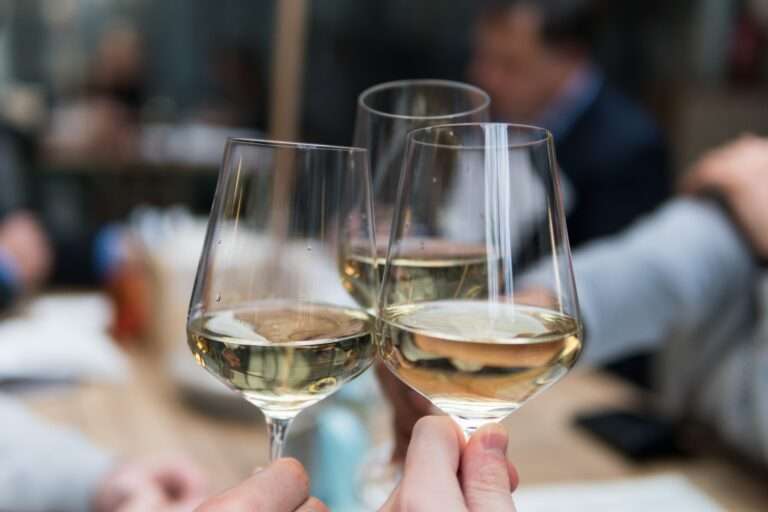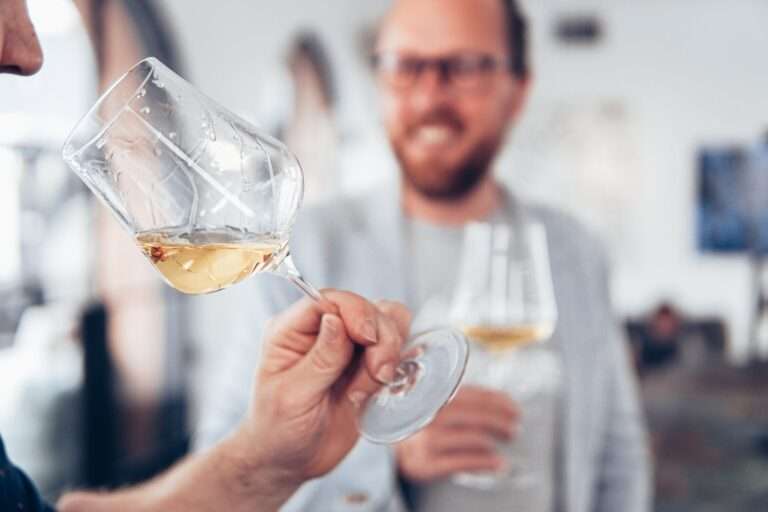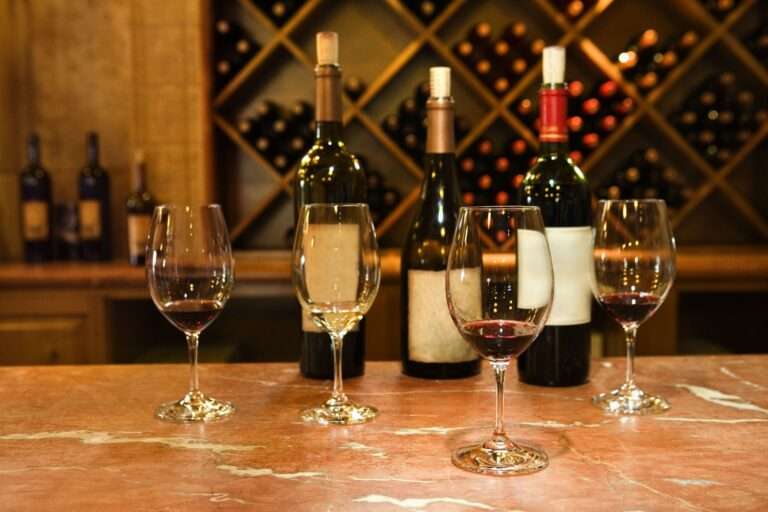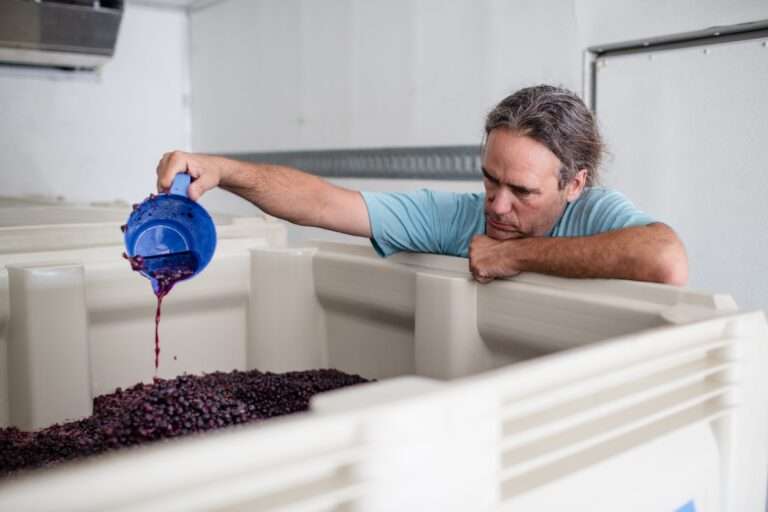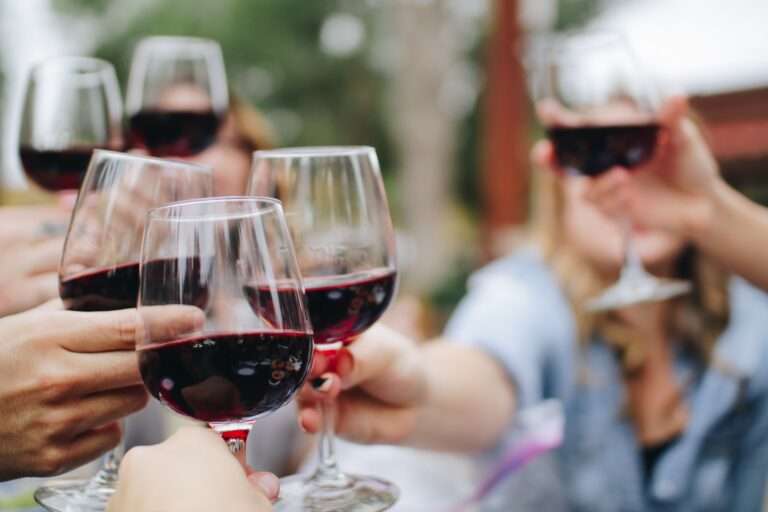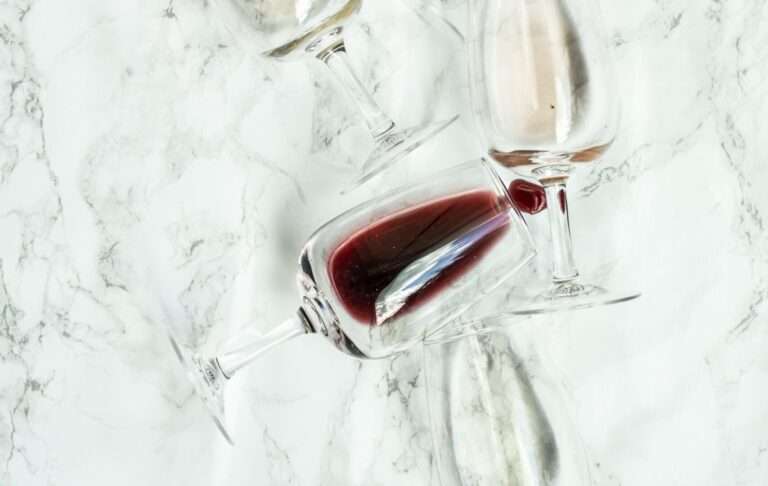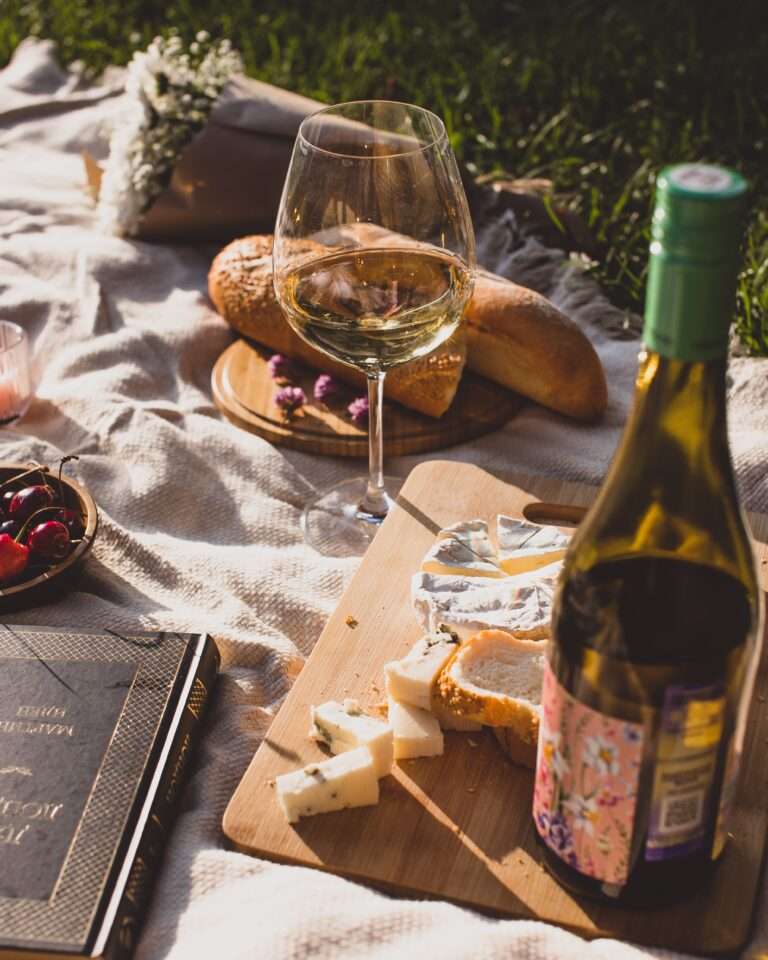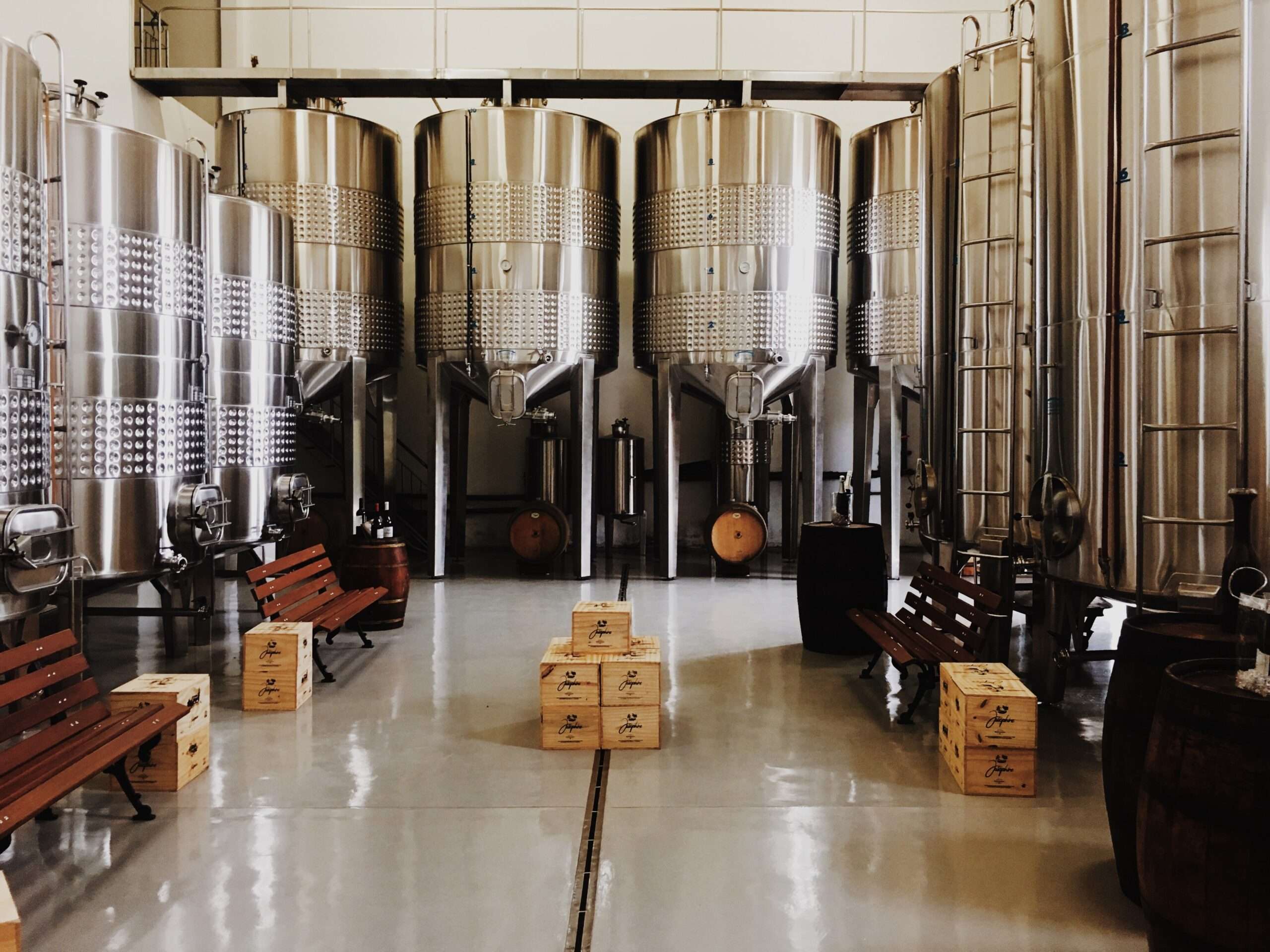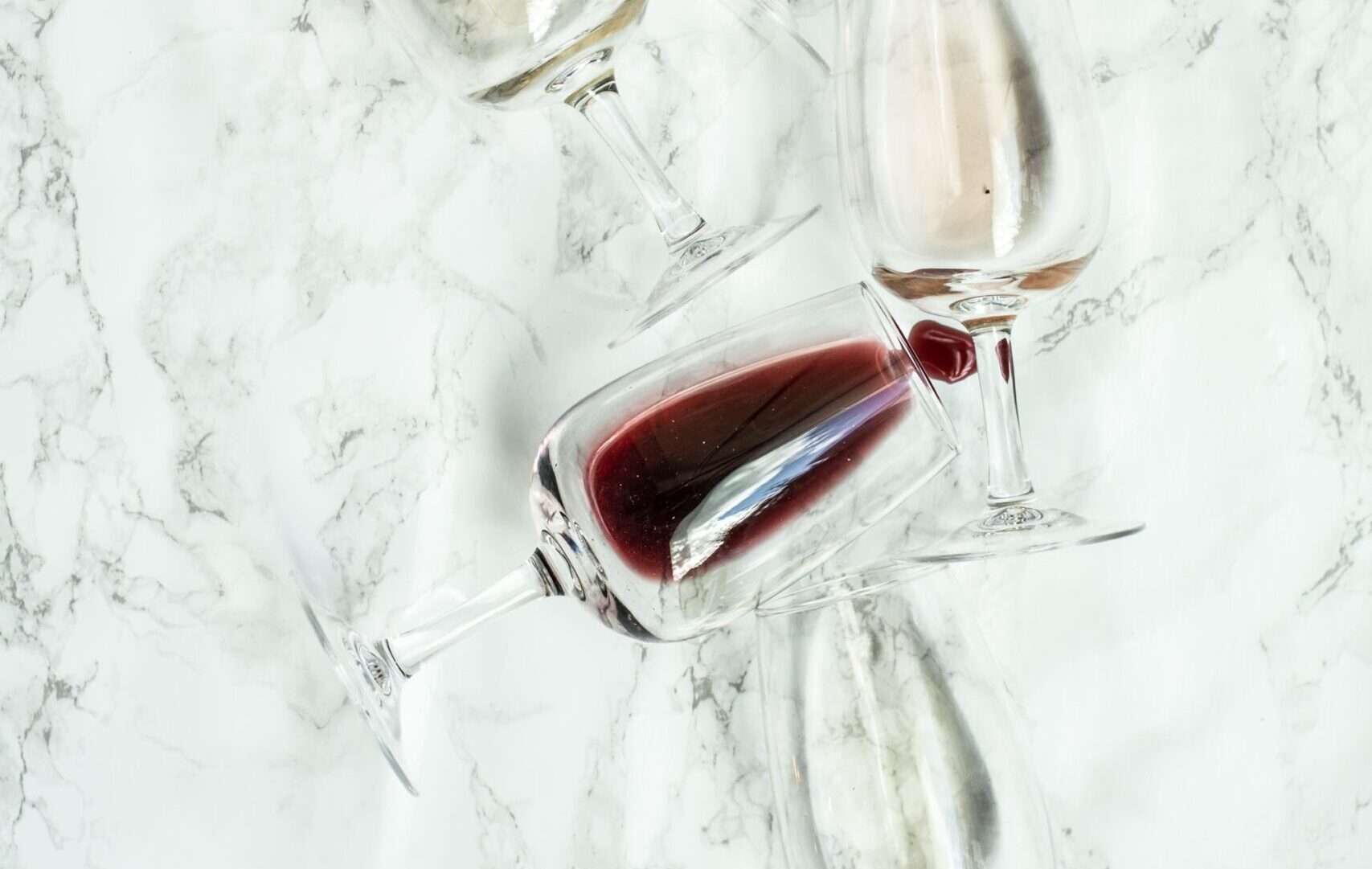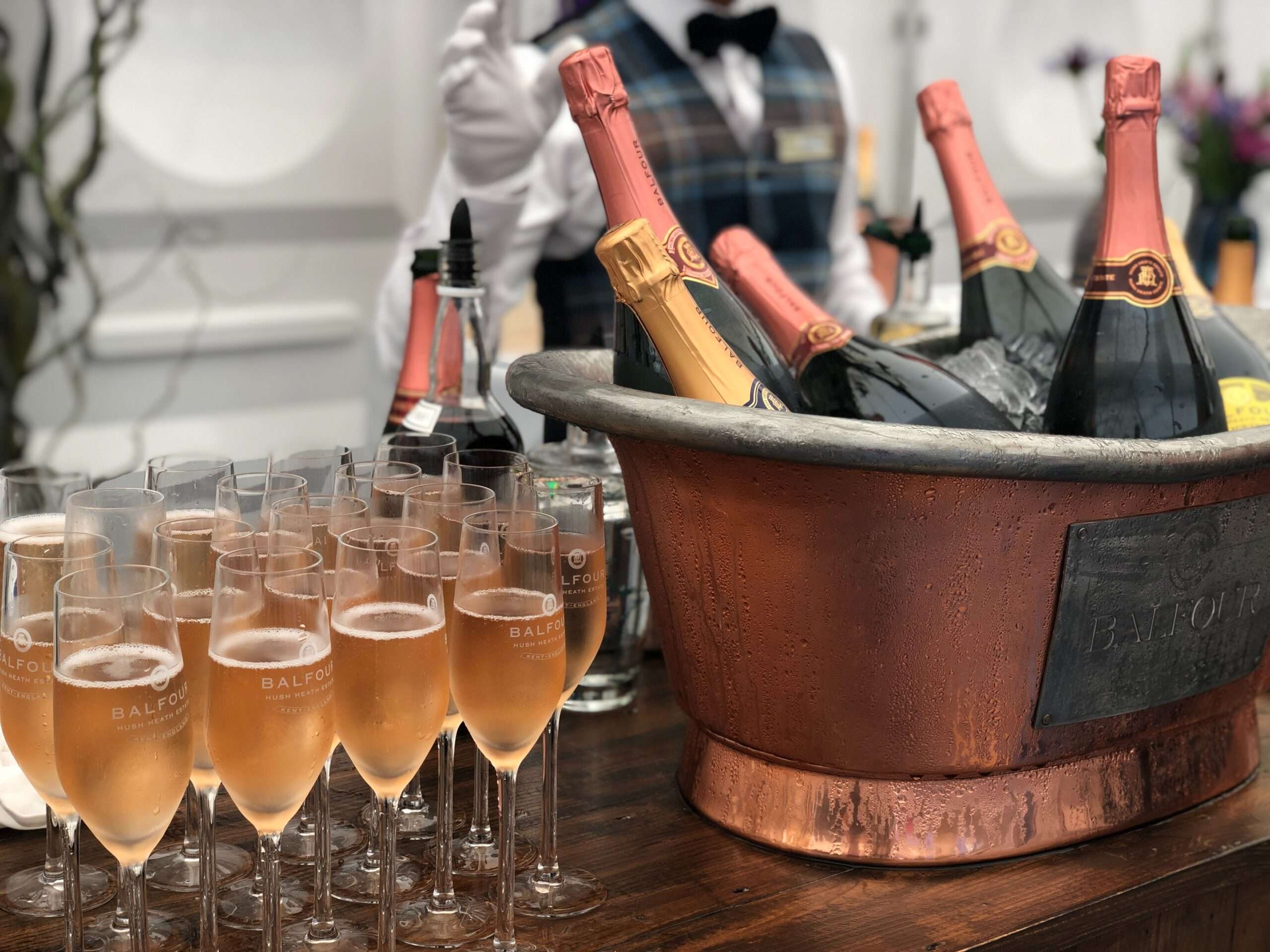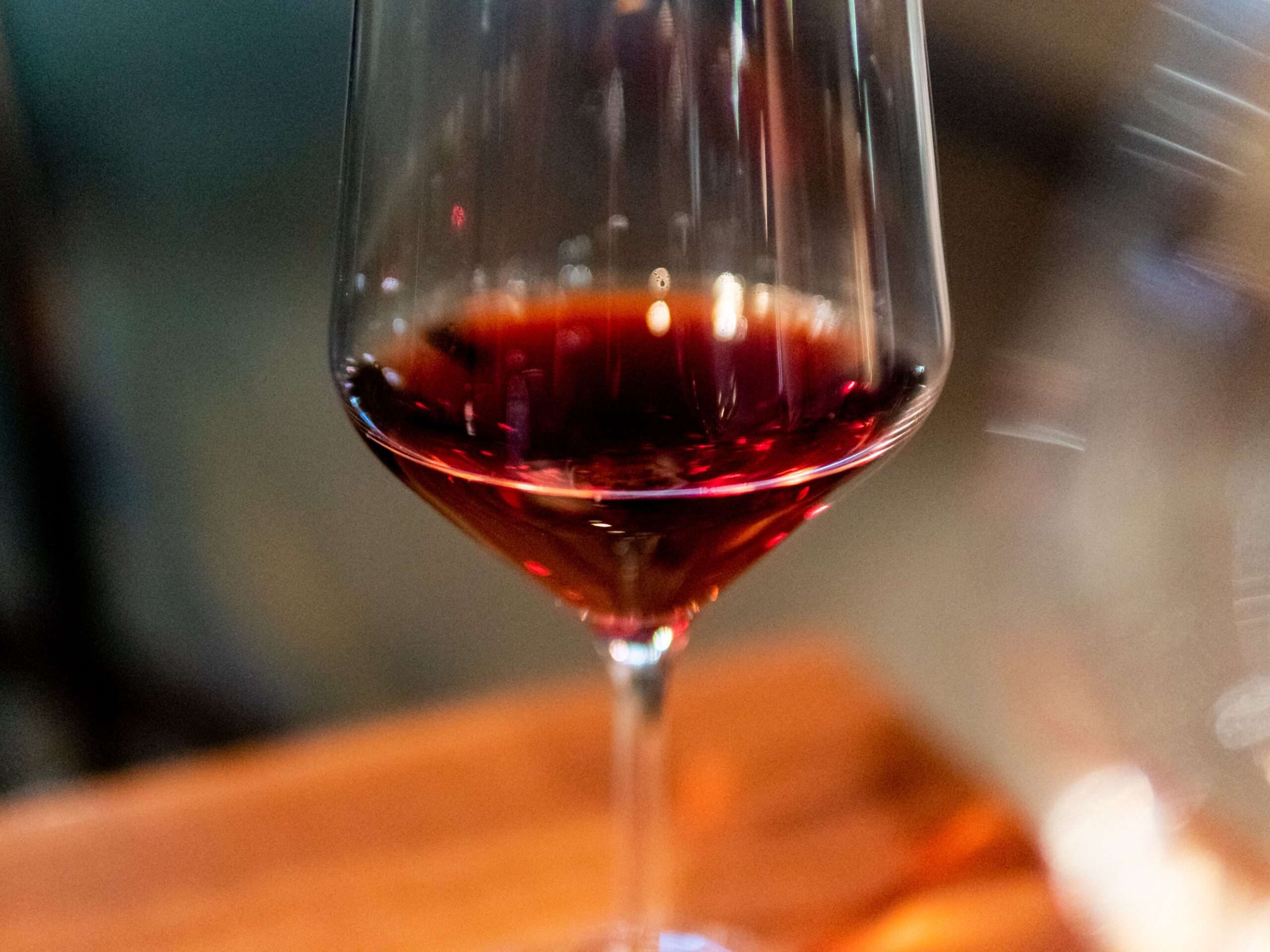You may believe that a wine tasting procedure is unnecessarily tedious; after all, why not just drink and enjoy it? In truth, I find that there’s something mystical about wine tasting when you learn to use all of your senses, much like having the expertise to make an ice sculpture rather than going in blindly. So, let’s explore the 5 S’s in wine tasting.
The 5 S’s of wine tasting enables you to see and gauge a wine’s age, grape type, origin, and amount of tannins. Swirl draws out the smell of the ingredients, allowing you to sniff to identify fruits or mineral properties. Small sips confirm the previous steps that help you savor the wine.
Are you prepared to take some of your most exciting wine tasting steps to date? Let’s delve into the 5 S’s and see how you can swirl them into a beautiful smell so that you can sip and savor every last drop.
What Do The 5 S’s In Wine Tasting Mean?
When you See, Swirl, Smell, Sip and Savor your glass of wine, you greatly enhance your experience by having the wine and the human body work in perfect synchronism.
See – Wine’s Appearance Is Worth A Thousand Tastes
Examining the visual characteristics of a glass of wine help to create an eager and anticipatory atmosphere for when you smell and taste it. Wine may be judged by its color, intensity, and depth – all of which can reveal the wine’s concentration, body, age, and overall style. White wines, for example, develop color as they age, while red wines lose color.
After pouring the wine into a transparent glass, tilt it at a 45-degree angle over a white background. The white backdrop and transparent glass aids in color identification and provide information about the wine’s age, grape variety, and oak-aging procedure. Also, if you pour your glass too close to the brim, you might run into some spillage later, so aim for half-full.
Admire the gorgeous tints of burgundy or ivory in your glass, and make a mental note of any unusual colors you see. Many Malbec wines, for example, have a purple tinge in addition to their deep red color. These hues indicate the degree of tannins in your glass.
- Tannins – A bitter and astringent group of chemicals prevalent in nature. Plants as diverse as oak, tea, cranberry, walnut, rhubarb, cacao, and grapes have them in their wood, leaves, bark, and fruit.
Again, the first stage in wine tasting is to assess the wine’s color and strength. Is it a light, delicate white wine or a dark gold wine? Is it more of a purple-red or a brilliant cherry red?
After that, you’ll want to think about opacity. Is the wine transparent enough to read through, or is it concentrated? These visual indicators can help determine factors like the wine’s grape kind, age, and origin. A Burgundy pinot noir, for example, is less opaque and more red-hued than an Argentinian Malbec, making it a darker purple and more challenging to see through.
Swirl – Round And Round It Goes
Swirling your glass covers the inside of the glass with a film of wine, increasing oxygen and evaporation and amplifying the aromas. As a result, all of the smells you enjoy in white and red wines become much more noticeable, like apple, pomegranate, and even cedar. So, swirling the wine glass is similar to cranking up the audio level, but you’re doing it for your nose.
Swirling free-hand in the air might be a little risky for those who haven’t done it before. Consider using a tabletop or a flat surface and holding the stem of the glass between your fingers as if it were a pencil. Then, mimic small circular motions as if you were drawing small circles. It’s all about how you hold your wrist!
Swirling your wine glass not only looks great, but it improves the flavor of the wine. This movement helps your wine aerate, vital for many reds that need to breathe. However, as tempting as it is, avoid the urge for wine-to-mouth for the time being.
Keep an eye on how rapidly the ‘tears’ or ‘legs’ slide down the glass’s side.
- Tears or Legs – The drips that form and cascade down the side of the glass when you swirl your wine glass.
Monitoring the tears and legs indicates the measure of viscosity; the slower the roll, the more alcohol is present. Furthermore, thicker tears may suggest a wine with a higher sugar level. This alluring craft unveils a wine’s intricacies, increasing intensity in both young and older beauties.
Sniff – A Smell Is The Paintbrush Of Your Mind
Once your wine has had time to breathe, give it another swirl and stick your nose where it does belong – in your wine glass. In red wines, you’ll want to look for red, blue, and black fruits. In white typically, you’ll want to keep a nose out for citrus, tree fruits like apples and pears, stone fruit like nectarines, apricots, and tropical fruit like mango, guava, and pineapple.
Don’t be hesitant to bury your full nose in the glass, either. Wines with medium to high levels of intensity shouldn’t require such a dive, but some wine testers may feel a little bashful at first.
Check for “earth qualities” in the wine as well: if the aroma starts with fruit, it’s most likely a new-world wine. If minerality, soil, and stones are the first things that come to mind, it’s probably an old-world wine.
Furthermore, evidence of oak aging may also be evident. See if you can catch a hint of spices from a baking cupboard, such as vanilla, cinnamon, and clove. These characteristics suggest that the wine has spent time aging in a barrel. Plus, you can assume there isn’t much oak content if these aromas aren’t there.
Breathe deeply with your nose because 85 percent of what you taste in wine comes from your sense of smell. It might be tough to get past the fact that wine smells like wine when you’re just starting out, so take brief sniffs and use broad descriptive categories. You may even want to divide the fragrances into categories, like tropical fruits, citrus, orchard fruits, and dark fruits.
Furthermore, consider whether it smells like freshly squeezed lemon juice or lemon peel, which is more bitter. Is it reminiscent of biting into a crisp green apple or sweet baked apples? What about tastes that aren’t fruity? Does it have a potting soil odor? Flowers? Herbs? See how engaging your senses can change the game and make it much more thrilling!
Lastly, use your imagination to draw memories that may match the smells: Does it smell like when you had lemonade and oysters at the beach?
Sip – Matching Subjective Reasoning With Reality
Here’s when you get to test your other senses and confirm whether what you smelled and saw was true! Plus, comparing your senses is akin to putting them through muscle training – eventually, they’ll be some heavy-lifters!
Remember to sip rather than gulp. Begin by taking modest sips from your glass, but they should be larger than regular sips – practice self-control! To receive the maximum influence of each taste bud, swirl the wine about in your tongue until it coats the interior of your mouth. Notice how the wine goes across your tongue, how it reacts, and what stays after you’ve swallowed it.
It’s also worth noting that drawing in air while sipping provides more aeration on the tongue, allowing volatile components to be perceived by the olfactory system, allowing you to fully appreciate all of the wine’s qualities.
- Olfactory System – The olfactory system, sometimes known as the sense of smell, is the sensory system in the human body. Olfaction is one of the unique senses linked to specific organs, and it relates directly to the brain for scent processing.
Do you experience any salivating, or is the taste sweet? These controlled sips will help you pick out specific attributes of your wine that you otherwise wouldn’t get from an elegant chug.
Are they there, or do you taste something new and different? In whites, you’ll be determining things like the level of acidity, while reds will have you looking for the amount of tannins.
- Wine Acidity – If your mouth waters a lot when you drink a wine, it means the wine carries a high level of acidity.
You’ll also be assessing the amount of fruit: Is it highly fruity yet dry, or does it have a sweet flavor? How fruity is it? And how does the texture feel? Does it have a big, round, mouth-coating texture, or does it slide down your tongue, straight and direct?
You should search for primary, secondary, and tertiary characteristics. Primary characteristics include floral and spice; secondaries have oak or fermented tastes, while tertiary attributes include mushrooms, nuttiness, and tobacco.
Savor – The Smallest Moments Are Often The Biggest
When you’re at the savor stage, you’re trying to figure out how long the flavor will last: will it be brief or lengthy? More exquisite wines will have tastes that remain longer on your tongue after you take a drink.
Consider if the wine has a balanced flavor profile or whether some elements, such as acidity or alcohol, have overpowered others. Most importantly, did you enjoy it overall, and if so, why?”
Remember that wine tasting should be a fun experience, so have a good time with it. Take a minute after you’ve swallowed your wine to assess the wine’s overall complexity. Then, repeat the process! After you’ve finished swirling, sipping, and savoring, treat yourself to a big pour and enjoy your wine the way you want it.
Make The Change You Want To See In Your Wine
It’s no secret that wine tasting can be a lot more fun when you know what you’re doing. More than basic skill sets, what is needed is the real passion for wine. Unless you enjoy something, it’s often challenging to develop skills in that area. It is also vital to have knowledge and facts because there are so many different styles of wines.
If you want to up your wine tasting game, consider the following helpful tips:
- First and foremost, find your passion for wine, and if you don’t have one, create it. There should be inherent love for the subject and no inhibitions while dealing with the beverage.
- Develop a keener sense of taste and smell. Wine tasting is similar to running a marathon; you may not be able to run far at first, but don’t become discouraged, and you’ll soon be going at a comfortable pace that may surprise you.
- Wine tasting is often accompanied by the requisite for travel. Learn to enjoy the adventure, and adding a dash of culture into your wine can enhance the experience.
- This one is not so much a necessity for tasting wine but instead expressing it. Having a solid vocabulary in the language of your choice, whether English or otherwise, enables you to discuss what you find with others. Of course, it will also make it much easier to pinpoint an unfamiliar ingredient.
- A good memory will be handy when you learn about the taste of particular wines and their geographical origins. Furthermore, it is essential to know the laws related to wine in those regions.
- Lastly, if you want to take your wine tasting game to the next level, having experience in culinary arts and knowledge of chemistry will open up new opportunities and make you exceptionally adept at identifying ingredients.
Knowing how to pair wine with suitable cuisine is a huge plus as a wine taster. The practice of ‘blind-tasting,’ in which one must examine the wine’s hues, is known as ‘blind-tasting.’ The older it is, the deeper the shade.
Finally, sommeliers bring a distinct perspective to the task of matching wines to food. They recommend that guests select appropriate wines for their palates and budgets. It’s an art to sip wine, and it’s much better when you match it with food.
- Sommelier – A waiter at a restaurant who carries specialized knowledge about wines. They are responsible for serving diners wine that complements their meals.
Conclusion
Next time you’re at a wine tasting, remember to see what’s in your wine, swirl your glass to enhance the smells and tastes, smell the wine for any surprises, take small sips, and savor every last flavor that embraces your palate.

